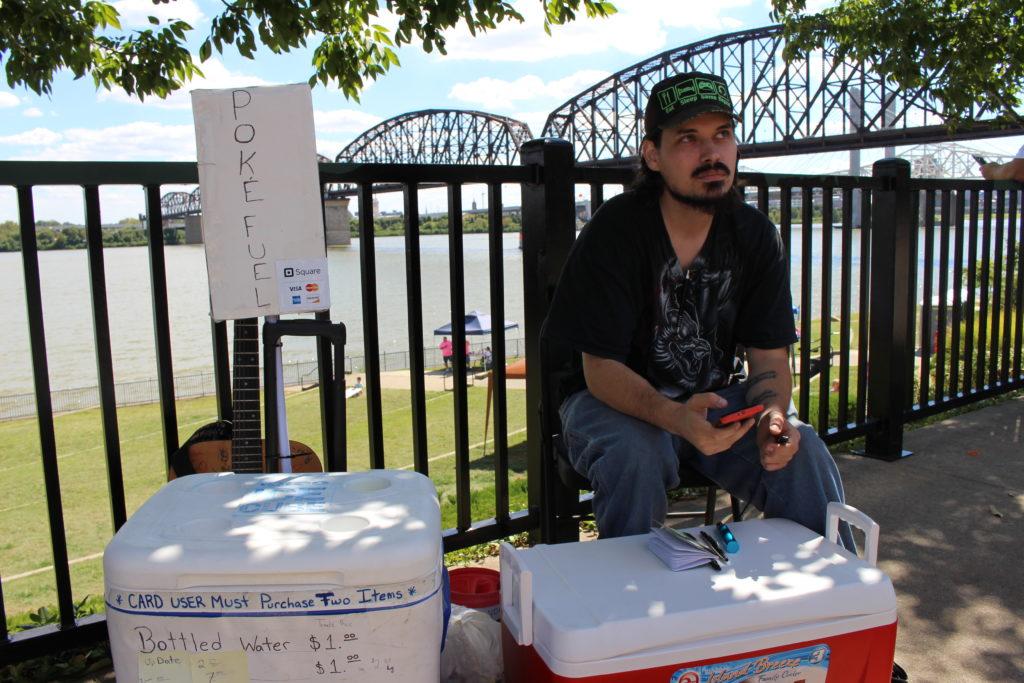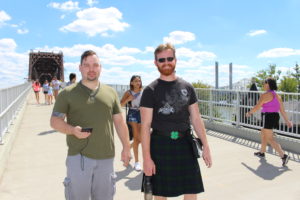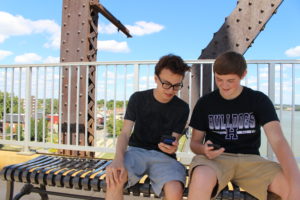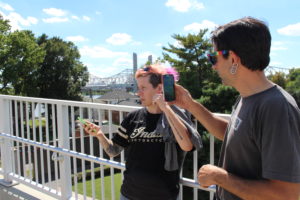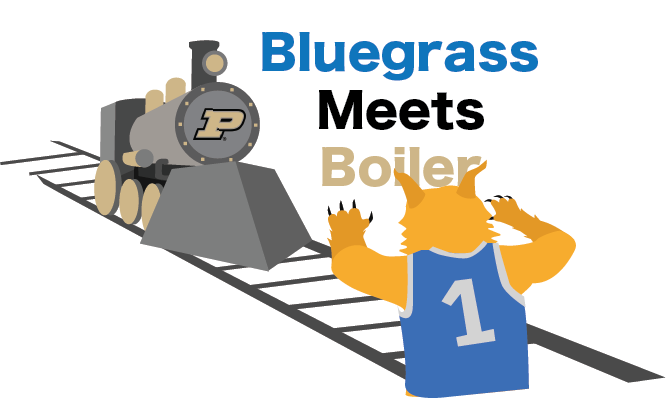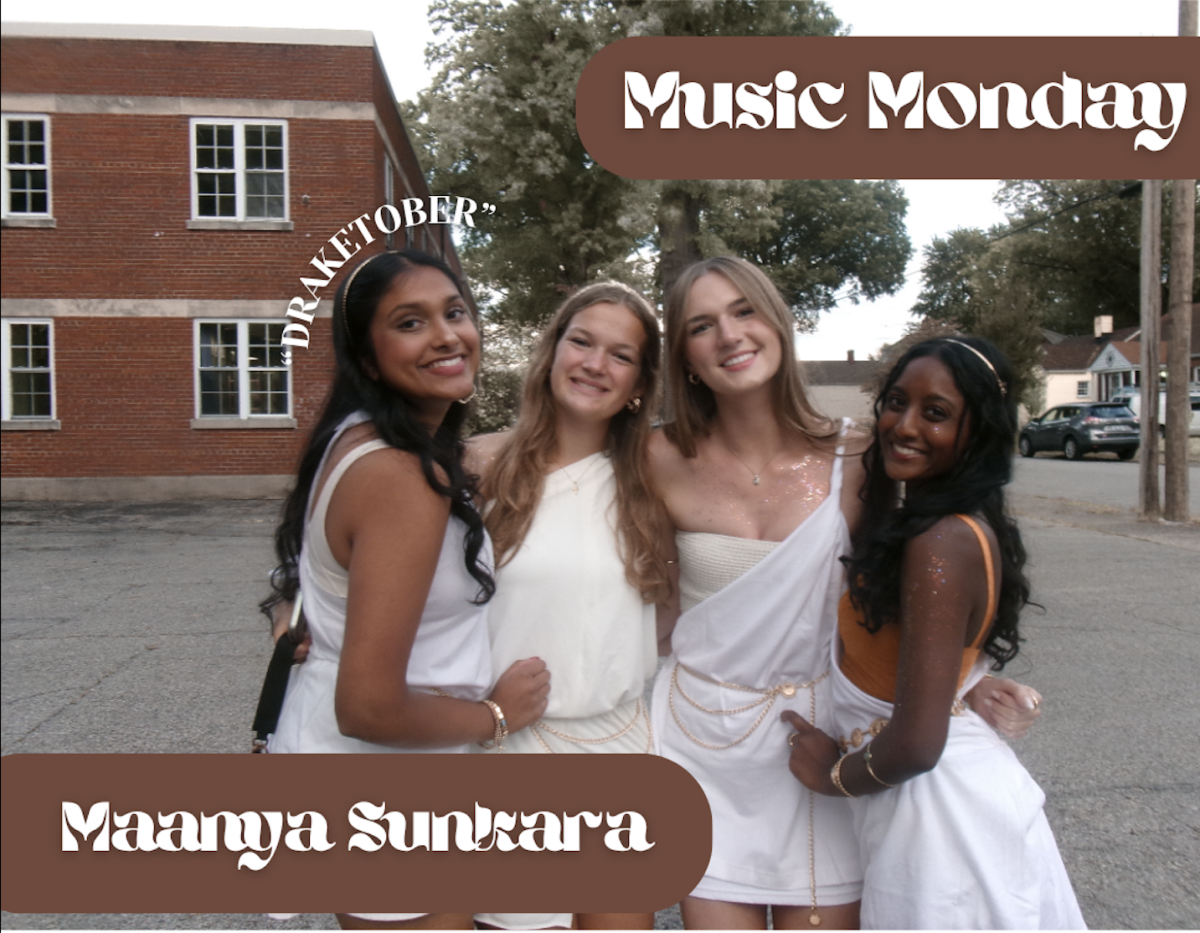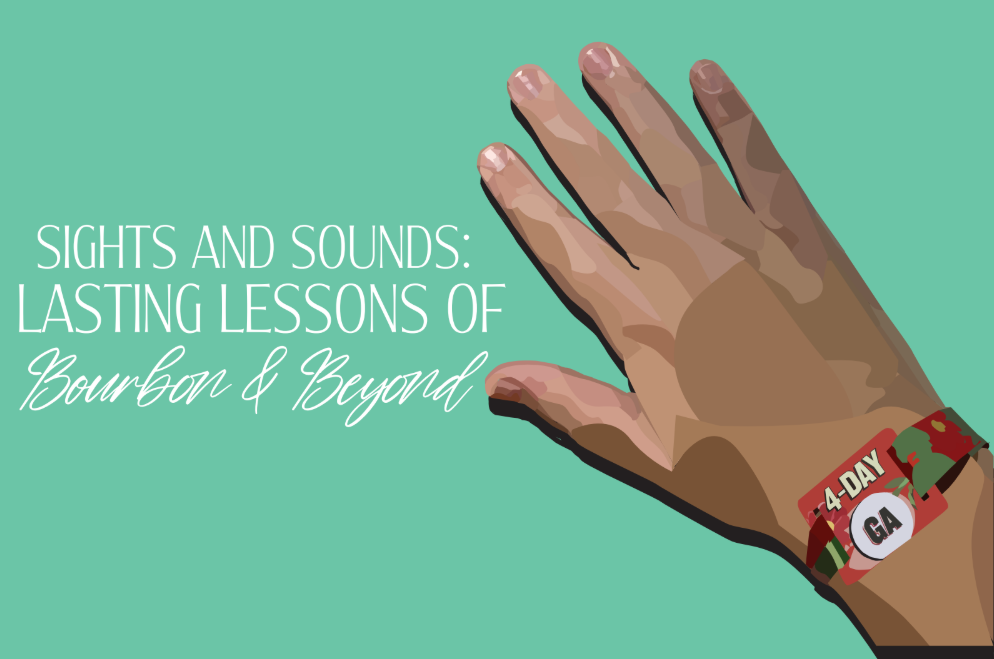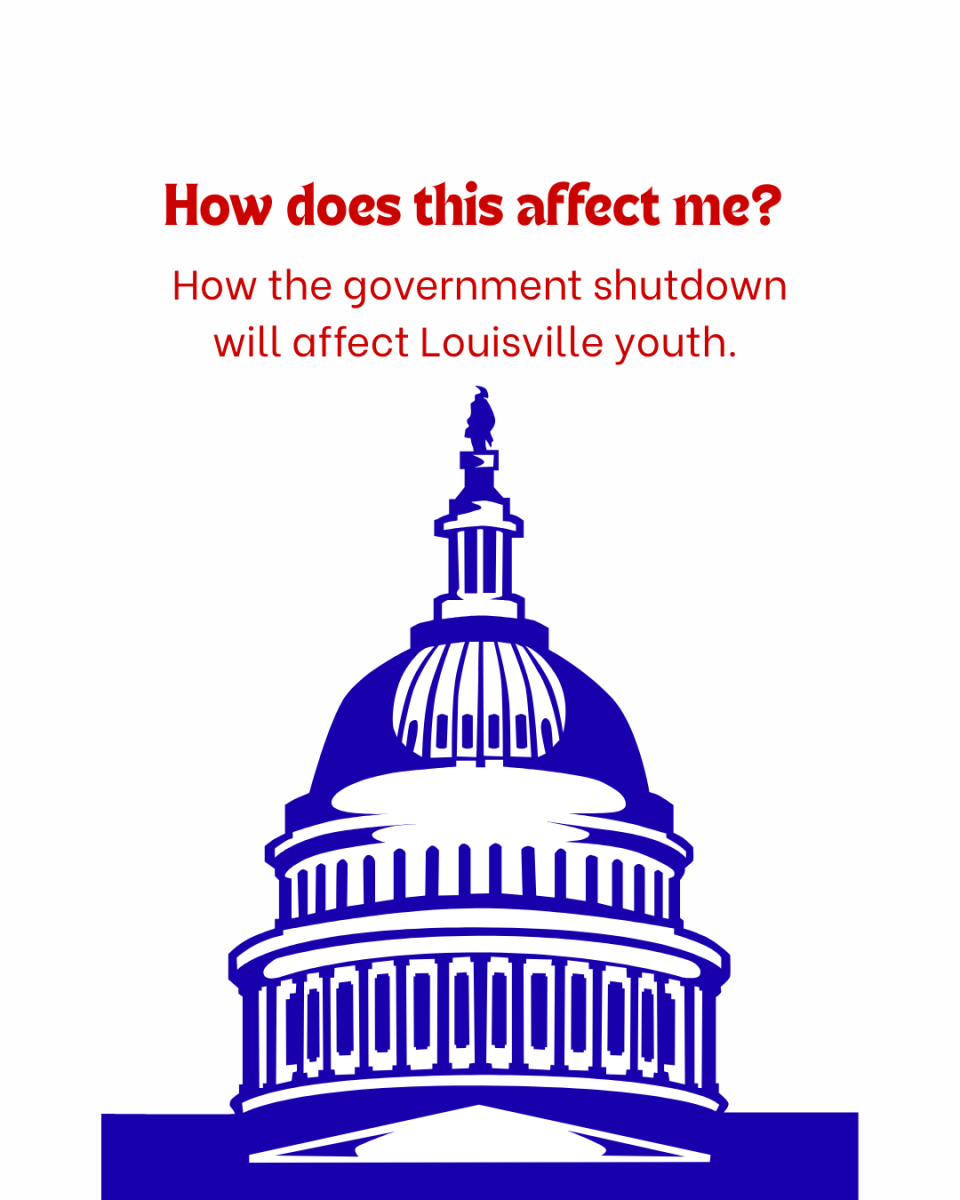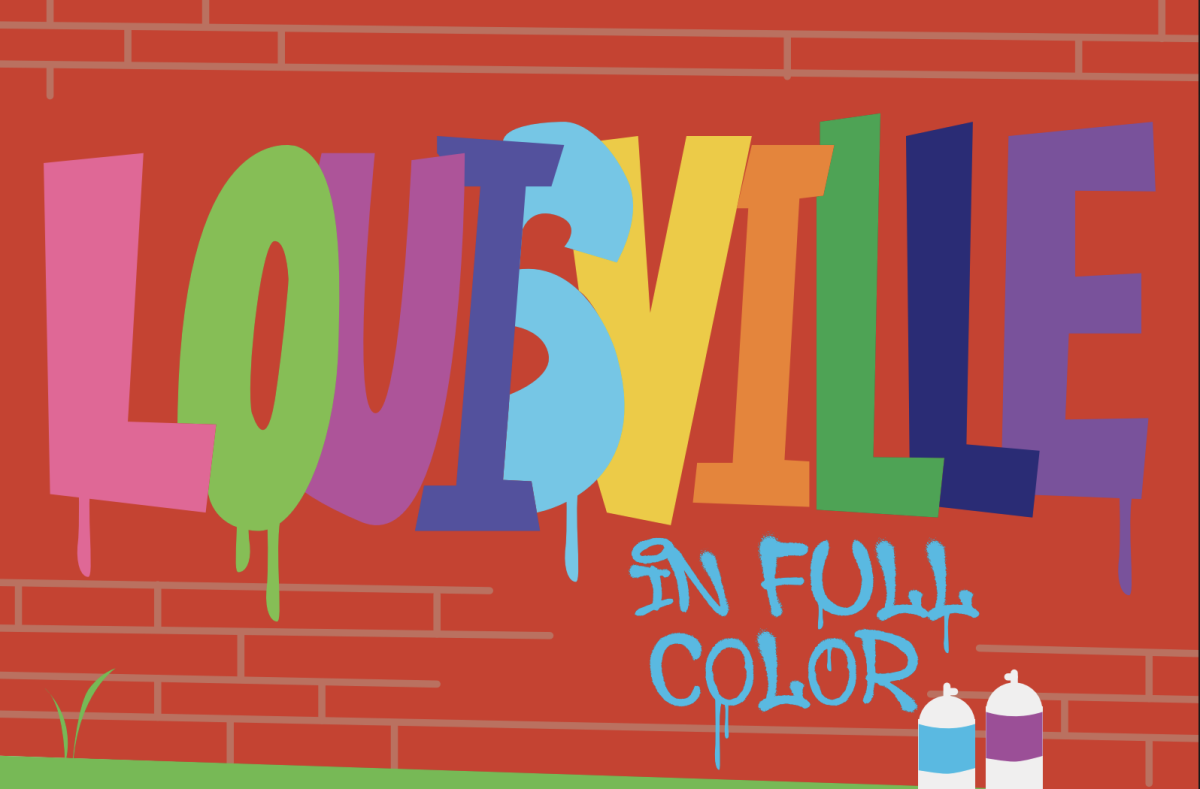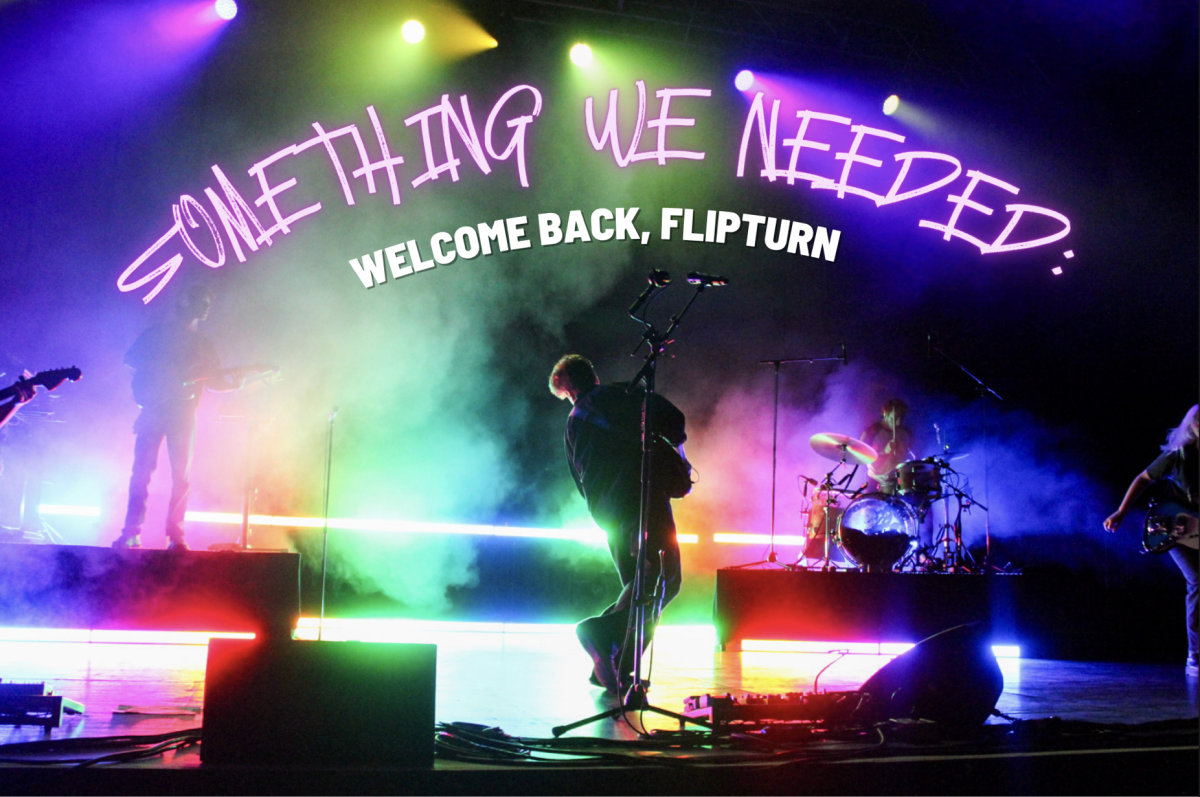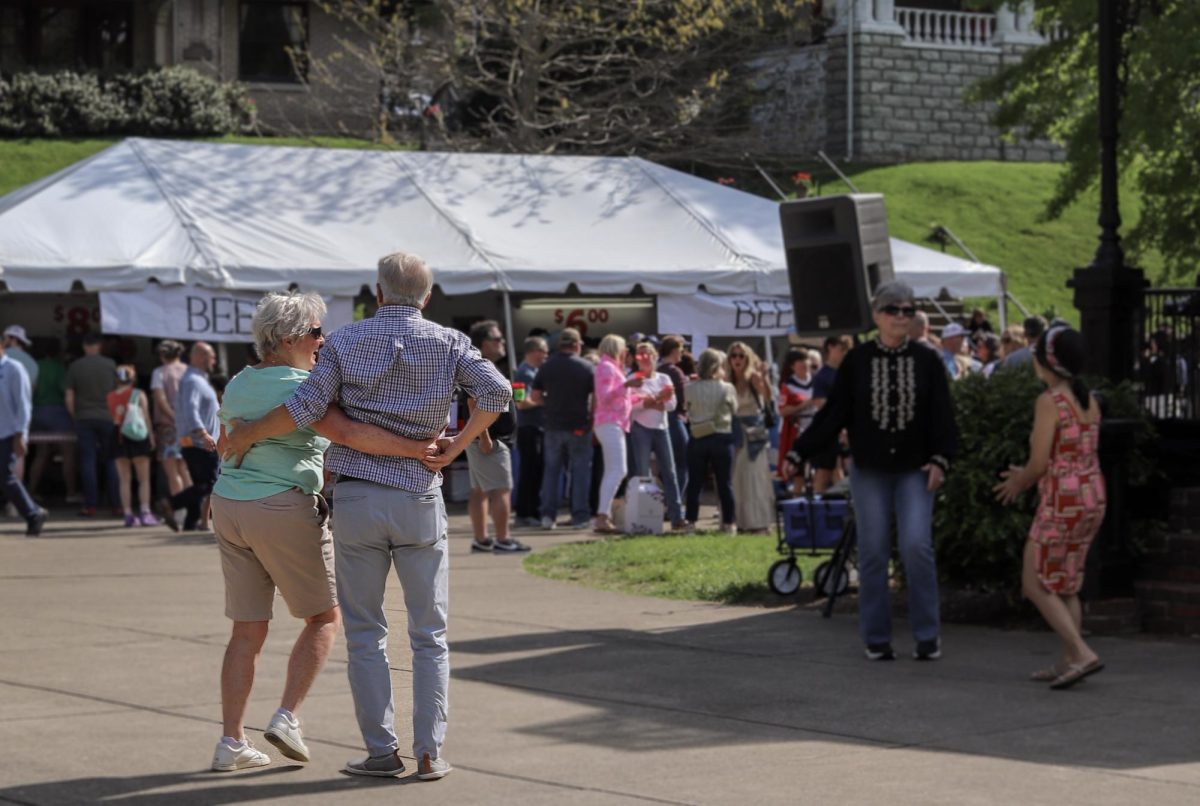Launched on July 6, 2016, “Pokémon Go” became a pop culture phenomenon overnight for hundreds of citizens in Louisville and the larger United States. The company hosting the game, struggled to keep up with the surge of players, resulting in the servers crashing multiple times. The game enticed people young and old by providing a world of fantasy within our own and allowing players to catch Pokémon to add to their collection.
Part of the appeal of “Pokémon Go” is the interactive aspect of the game. Players are able to travel from place to place in their town to capture Pokémon, play minigames at PokéGyms, places where players can battle each other to gain control over the location, and collect items from PokéStops. These PokéStops allow players to get beneficial items such as berries, which allow for an easier capture of stronger Pokémon, and PokéBalls, in order to catch the Pokémon around them. The game’s creators have distributed gyms and stops at certain landmarks around the world. Around the world, players can find gyms, in hotspots such as Old Middletown, Bardstown Road, and the Waterfront.
Experiencing “Pokémon Go” has been an event within the community, centering many players around their collective enjoyment of the game. While many players may see it as just another simple app with which to mess on the bus, it has become something that has affected the lives of many of its players.
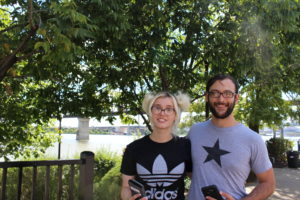 “I asked her out by saying that we should go Pokémon hunting when it came out,” said Dylan Payton (24), who had been writing an article for the game.“ I just used it as an excuse kinda and I said, ‘Hey! We should go Pokémon hunting sometime.’ And she was like, ‘Yeah!’ And then I kinda said, ‘I’m totally asking you out by the way.’”
“I asked her out by saying that we should go Pokémon hunting when it came out,” said Dylan Payton (24), who had been writing an article for the game.“ I just used it as an excuse kinda and I said, ‘Hey! We should go Pokémon hunting sometime.’ And she was like, ‘Yeah!’ And then I kinda said, ‘I’m totally asking you out by the way.’”
“I’ve been playing this game since the beginning and I have not once caught a Dratini,” Payton said. The two were eating at a sports pub, Cluckers, when a man rode by on a hoverboard. Decked out in a Hawaiian button down and a radio strapped to his back, using a walkie talkie, the man informed people of different Pokémon, where they were, and how long they would be there.
“He told us, ‘There is a Dratini like seven minutes that way; it’s only going to be there for eight minutes.’ So we booked it and sprinted,” Payton said.
“We ran half a mile after eating wings and almost puked,” Jannace said. “It was totally worth it.”
Along with playing at Riverside Drive, Payton and Jannace enjoy going to different areas around town to catch Pokémon.
Shane Lorenz (29) said he has “more or less” been playing “Pokémon Go” since it came out. When he was younger, he would watch some of the TV show and play the games “Pokémon Red, Blue, and Yellow” on his gameboy. He enjoys playing “Pokémon Go” and even took over a few of the gyms (landmarks where players compete to accumulate points) for his team, Instinct.
“I took over a few by my house; me and a group of friends took over one near the Douglas Loop,” Lorenz said. “Mostly I’ve just been adding and powering up in gyms when I see them.”
Lorenz typically plays with friends, one being Jordan Fitzpatrick (29). The two usually go out to Riverside Drive in Jeffersonville, Indiana to play “Pokémon Go” together.
Lorenz enjoys playing the game with his wife, and they usually go walking around their home.
“One of the nice things for me is that my wife has real mild depression, and there are days when she doesn’t want to go out,” Lorenz said. “But when I say something like, ‘wanna go Pokémon hunting?’ she’ll say, ‘yes, yes I do.’ So it’s kinda a nice little thing to get her up and going. It really helps her kinda battle that.”
Jordan Casey (15) is a sophomore at Male Traditional High School; he lives with his mom, her boyfriend, and his younger sister. His entire family, all avid players of the game, are part of Team Valor.
“I saw a Venusaur,” Casey said, “We were driving by and I had to ask my whole family to stop, on a main road, just park on the side because there’s a Venusaur.” His family stopped on the side of the road so each of them could have a chance at catching the rare Pokémon.
While playing the game, Casey and his family went to Jeffersonville in order to participate in the monthly “Poképalooza.”
“It’s just a place where 500 or so people go every month and they just play the game. It’s been going on ever since the game released,” Casey said.
Though the national fervor has faded since it first came out, Casey and his family still play.
“The game’s popularity has kinda gone down,” Casey said. “Well, there are the generations of Pokémon that come, and the game only has Gen One. I’ve heard people say that they’ll get back into it once Gen Two comes out.”
Lewis Meyer (46) and Jen Bidwell-Meyer (43) have both been playing “Pokémon Go” since it was released in early July. Meyer, on team Valor, and Bidwell, on team Mystic, play the game in the Highlands and across the river in Jeffersonville.
“I have one co-worker that’s going to be jealous I’m doing this,” Bidwell said. “He grew up with Pokémon and it’s one of his favorite things. He’s totally all about it and told me all these tips and tricks on how to play the game. I play mostly because I’m like, ‘Oh! Cool I can collect these cute little things!’ I don’t go to the gyms or compete in anything like that.”
Meyer said he learned about the original game and all the different Pokémon while he was raising his son, “When the game first came out my son was about the right age to be playing it; he was probably around 7, so I heard about all of them at great lengths.”
Poké Facts:
- Pokémon has spanned many different media, starting with the video game series (Feb 27, 1996), then a card game (Oct 20, 1996), and later a popular cartoon with many spinoffs and films (Apr 1, 1997).
- Pokémon began with the games “Pokémon Red” and “Pokémon Green” in 1996, 20 years ago.
- One plays the Pokémon games by first gaining Pokémon through wandering the environment and catching the creatures with PokéBalls, trading with other players, and fulfilling quests in the game. One then uses these Pokémon in turn-based battles with trained and inherent abilities to battle against other Pokémon trainers and thus gain experience to make your Pokémon more powerful.
- “Pokémon Go” carries over the catching of Pokémon to the alternate reality by placing the creatures at set locations in the world, allowing you to throw PokéBalls at them and then catch them. The game, however, lacks the battle system of the original games, in turn replacing the with mini-games which manifest at places known as PokéGyms, where your Pokémon can gain more power through buying or converting other Pokémon into candy.
- There are five PokéStops and two PokéGyms at Churchill Downs, the establishment allows special tours for players.
- There are at least 721 total Pokémon; currently, Pokémon Go contains 151.
- There are three different teams you can join in the game, either Valor (red), Instinct (yellow), or Mystic (blue).
Poké Psychology:
Many players state that the game encourages them to become more active, and for adult users a refreshing sense of nostalgia to past games, but critics have raised concerns over the commercial nature of “Pokémon Go.” They have voiced opinions on how the game may have unintended psychological effects. Forbes reported on a study over the psychological aspects which may have contributed largely to its success, such as how it evokes the reminiscent feelings of older users and focuses on revamping their view of the original Pokémon game released in the early 1990s.
“Pokémon Go” has become such a huge phenomenon that the possible effect on the psychology and day-to-day life of the average player could be larger than most expect. Nicholas S. Noles, Ph.D., specializes in the social-cognitive development of children and works at the Knowledge in Development Lab at the University of Louisville. He has seen both children and adults playing “Pokémon Go” around town and has been interested in the positive effects which can result from it.
“The most obvious positive aspect of Pokémon Go is that the game encourages – and in some cases requires – players to walk around,” Noles said. “There is also a social component that might encourage social interaction between children.”
Some of the positive aspects of the game are counterbalanced by negative aspects as well. While the game does encourage kids to go outside and explore, some players have criticized the game for having a bias towards urban neighborhoods.
“If kids live in rural or residential neighborhoods,” Noles said, “then they won’t be able to participate in location-specific parts of the game. Also, keep in mind that this game asks players to walk all around their environment, and not every environment is equally safe. Walking around while looking at a phone reduces people’s situational awareness, and low situational awareness makes the world more dangerous. For example, if a child is staring at their phone, they might not notice a hole in the sidewalk, or a car passing through an intersection. On the extreme end, there are also ‘Pokémon Go’ players who are trespassing and – for older players – playing while driving, which are both very dangerous activities.”
Local Impact:
Ramsi’s Cafe On the World is located in the highlands near the St. Matthews mall, situated along a long line of businesses on Bardstown Road. Outfront is a simple, red terracotta fountain in the restaurant’s patio. This fountain is host to a PokéStop, and quite a few people wander up to the establishment trying to gain access to more Pokémon and power for the ones they already have. Rachel Kemp, a bartender at Ramsi’s Cafe, said she has noticed a few of the players who have wandered by.
“I wouldn’t say there were any more people than usual,” Kemp said, “but I would say there were some people that maybe we haven’t seen here before, or people coming at times when we may not’ve been as busy. There were some people who mentioned that that was what brought them here, that there was a PokéStop. A few them actually invited me to come and play with them after I got off work, but I was getting off work too late and didn’t want to wander the streets in the middle of the night.”
Bars and restaurants around Louisville use the presence of Pokéstops and Pokémon to their advantage, taking the opportunity to gain greater foot traffic. It is common to walk around town and notice Pokémon drawn on chalkboards and rudimentary signs to interest players. The bar Wild Rita’s advertised on its Facebook page that “Wild Rita’s has a PokéStop!” to signal players. According to Kemp, employees even buy and place items called lures which attract Pokémon to specific locations during their shift, hoping to attract more players.


